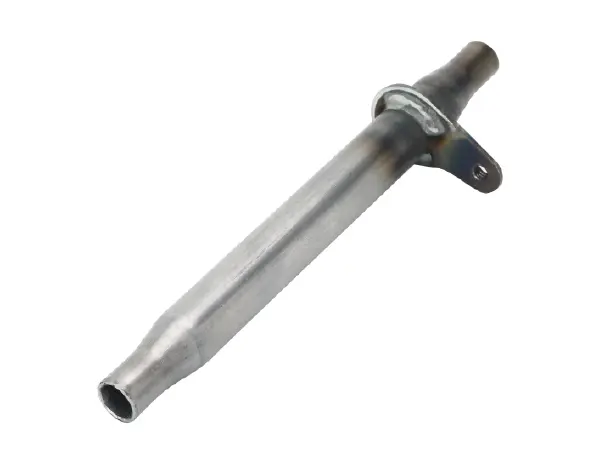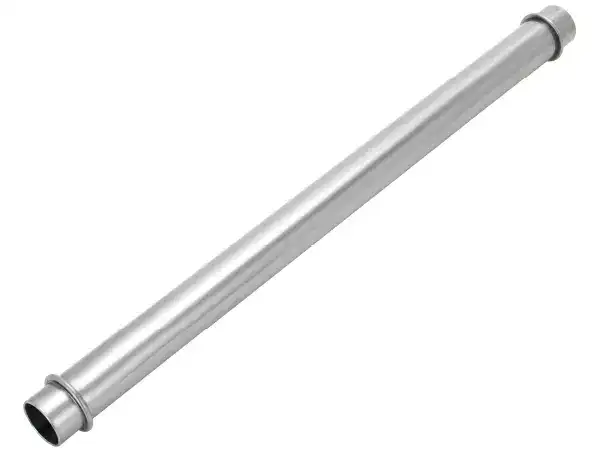welding 16 gauge square tubing
2 月 . 15, 2025 03:08

Mastering the art of welding 16-gauge square tubing is critical for achieving professional-grade finishes in metal fabrication projects. This specific task demands not only technical skills but also an understanding of material properties and appropriate equipment. Drawing from extensive hands-on experience, professional insights, and industry authority, this guide provides a comprehensive approach to tackling this project with confidence.

16-gauge square tubing, typically composed of steel or other metal alloys, offers a thickness of approximately 1.6 millimeters. Its application ranges from constructing sturdy frames to forming the skeletons of modern furniture and architectural structures. The precision required for welding this material lies in its thinness; too much heat can warp or melt the metal, compromising the structural integrity and aesthetic appeal.
Preparation is the cornerstone of a successful weld. Begin by ensuring that your work area is pristinely clean and organized. The surfaces of the 16-gauge square tubing must be free from rust, paint, or any contaminants that could interfere with the welding process. Utilize a wire brush or grinder to prepare the edges, ensuring a clean slate for a robust weld.

Selecting the right welding machine and parameters is crucial. For 16-gauge tubing, MIG (Metal Inert Gas) welding often stands out as the preferred method due to its precision and control over heat input. Equip your machine with a .025 or .030-inch wire and set the machine to a low voltage and amperage setting to prevent burn-through. The goal is to maintain a consistent arc that allows for smooth, even welds without overheating the material.
The technique plays a pivotal role in the outcome. Beginners often struggle with maintaining the correct speed and angle, which can result in weak joints or unsightly welds. Seasoned welders understand the importance of a steady hand and a keen eye. Position the MIG gun at a 15-degree angle, maintaining a consistent travel speed. Weld in short bursts, commonly referred to as stitch welding, to control the heat and prevent distortion of the metal. This method not only safeguards the integrity of the tubing but also results in a cleaner, more professional finish.
welding 16 gauge square tubing
Safety cannot be overstressed in the welding profession. Appropriate personal protective equipment (PPE) such as welding helmets with auto-darkening lenses, gloves, and flame-resistant clothing is essential to protect against harmful UV radiation and molten sparks.
Moreover, quality control is an essential aspect of fabrication projects. After the welding process, inspect the joints thoroughly. Look for signs of porosity, undercuts, or cold starts. These imperfections not only detract from the visual quality but can significantly weaken the structure. Employ non-destructive testing methods, such as dye penetrant inspection, to uncover hidden flaws within the welds.
Sustainability and future-readiness are becoming increasingly important in welding practices. Fabricators are now encouraged to employ energy-efficient techniques and source materials responsibly. By refining your skills and enhancing your knowledge in welding 16-gauge square tubing, you're contributing to an industry that emphasizes environmentally-friendly practices and precision craftsmanship.
The confidence to tackle welding projects involving 16-gauge square tubing comes down to mastering the fundamentals through practice, staying updated with evolving technologies, and adhering to safety and quality standards. This disciplined approach not only elevates your craftsmanship but also solidifies your reputation as an authoritative figure in the metalworking community.


